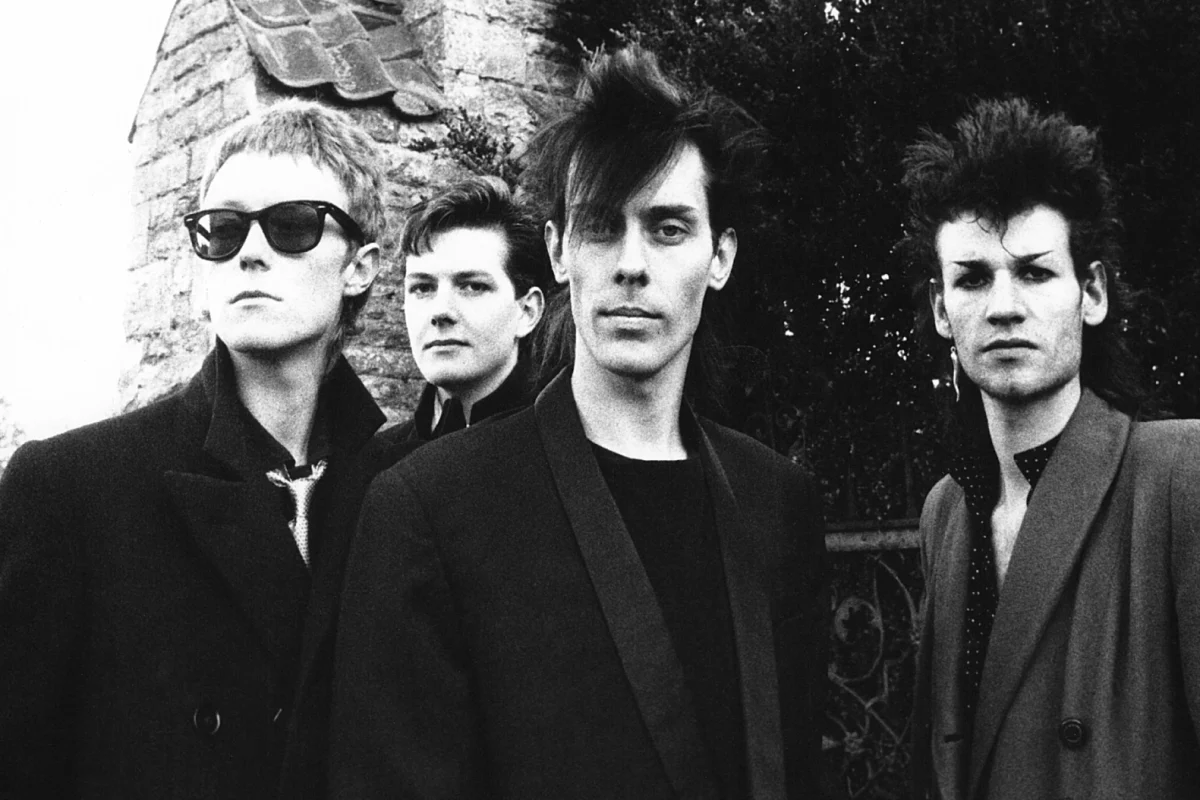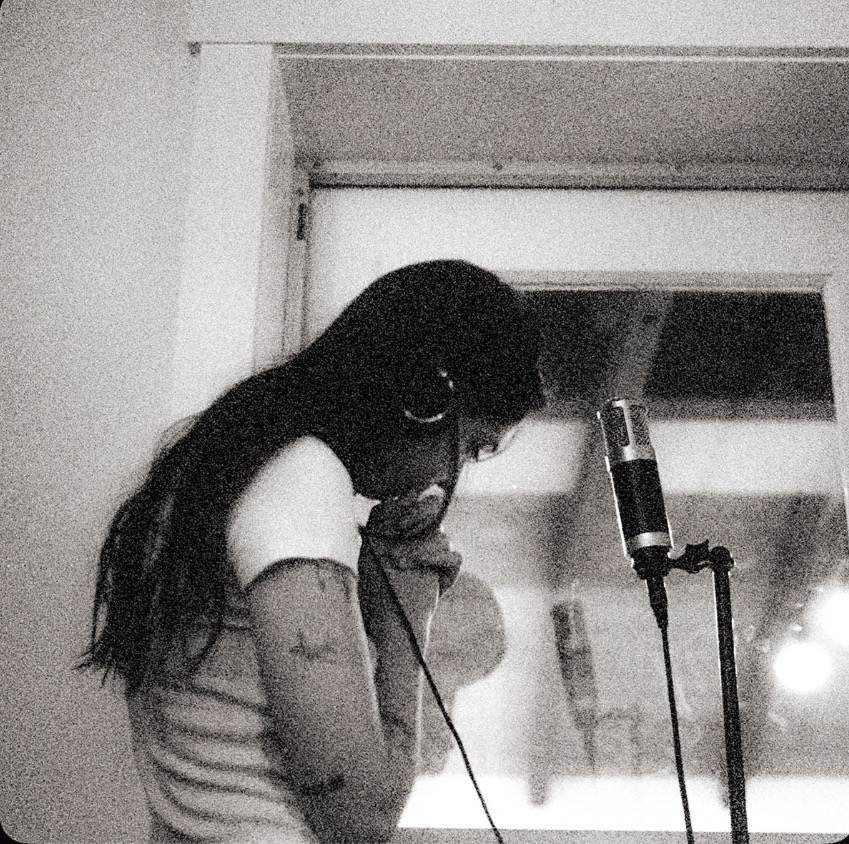Goth music prevailed in resonance through the 1980s punk scene and stayed lesser known until the 2020s where it cycled briefly through the popular algorithms. In recent years, since modern technology provides information readily, the decreasing sensitivity to tragedy means that the depth of goth music is relatable once again. Goth recognizes the discrepancies of standard living and uses love, morbidity, and anguish to respond to societal division and corruption in the government. A deeper understanding of the origins, identity, and message of goth music is valuable for consuming emotionally complex media and gaining perspective on opposed concepts or stylistic definitions.
The first instance of goth comes from European architecture of especially churches in the Middle Ages which implicated intricate designs, stained glass windows, and pointed arches on large, towering buildings. In the 17-1800s, the term goth described literature written in a romantic style that classified as horror with inclusions of death and suspense. Similarly, horror movies have had a significant impact on the evolution of the genre. Horror has inspired the inclusion of occult-like themes in the lyrics, sound, and appearance of goth, as well as specific references to such films in song and album titles. Goth shifted into a music genre as a contrast to the uproarious attitude of the punk movement in Britain. A wide range of artists have shaped the sound, but the song Bela Lugosi’s Dead by Bauhaus became the main influence for goth music since its 1979 release.
The low, haunting sound can be similar across creators, but music produced by gothic people can express a wide range of emotions. Goth encompasses love as well as sorrow, leading to some of the music to be more upbeat. The use of reverb and echo are usually constant in the genre, whether the intention is to be joyous or grim, so it is dynamic in that way. The angst of a somber, gothic sound will often come from heavy bass, distortion, and poeticism. The harmonies evoke more emotion in listeners to persuade the consideration of a topic. To apply intensity, many singers will use deep-toned vocals and vibrato to portray a ghostly sound. This style draws from opera singing, which uses vibrato for dramatic expression.
Goth rock as a genre comes from British punk rock called post-punk. Punk implies eccentric music and fashion that approaches political issues with an anarchic attitude. The ideology revolves around loudly rejecting social norms and big corporations to criticize the government and those in positions of power. Goth opposes the enraged approach and aims to criticize the state of the world through somberness instead. The values of punk remain intact through goth music, but it has a distinctly different sound. For example, seductiveness and femininity in lyrics mock the masculine logic of power. This is also why there is an interest in androgynous fashion. The purpose of creating music that is unhappy is to reflect the impact of inequality between the norm and individuality.
Goth is a lot more than the stereotypical archetype of darkness that reigns in the minds of many. It has conventional roots in architecture and literature but gains a stronger stance through relation to rock. Specific techniques produce the distinctive timbre which touches the sentiment of melancholy present in everyday life. The poignance starkly contrasts with the disorganized nature of punk music, defining goth through its further deviance from the standard, which shares the values of its inspiration. The subculture invites lovers of social commentary and the macabre to engage in self-expression, whether the methods by which are socially acceptable or not. Media is reflective of the time at which it permeated, but the innovative approach to simulating the complexity of sadness and love through the poetic and evocative sound of goth rock brought profound meaning to the punk scene.
Works Cited
Blistein, Jon. “Bauhaus Is Getting into the NFT Game.” Rolling Stone, Penske Media Corporation, 10 Aug. 2021, www.rollingstone.com/music/music-news/bauhaus-nft-collection-crypto-artist-coldie-1206608/. Accessed 24 Oct. 2024.
Mueller , Charles. “The Music of the Goth Subculture .” Electronic Theses, Treatises and Dissertations, Florida State University Libraries, 12 June 2008, repository.lib.fsu.edu/islandora/object/fsu:180435/datastream/PDF/view. Accessed 24 Oct. 2024.
“Sound Field.” Where Did Goth Music and Fashion Come From?, PBS Digital Studio, 12 Sept. 2019, www.pbs.org/video/where-did-goth-music-and-fashion-come-from-lyg76n/. Accessed 20 Oct. 2024.
“The Melancholy of Sounds: A Brief History of Goth Rock.” Underground, Underground , 11 Sept. 2020, underground-england.com/history-of-goth-rock/. Accessed 22 Oct. 2024.






